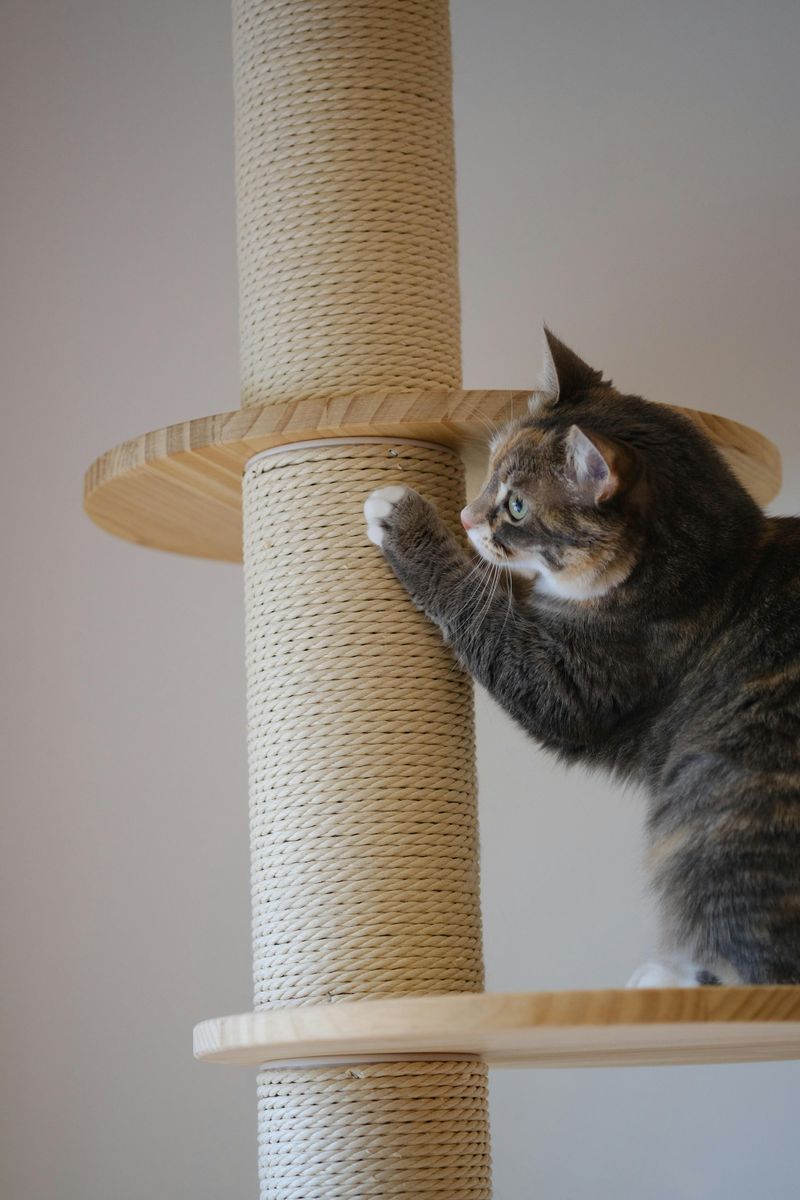📖 Table of Content:
Cats are loving companions, but their biting and scratching can sometimes be a challenge. Understanding why they do this and how to manage it can transform your relationship with your feline friend. Here are seven proven methods to help curb these behaviors and foster a peaceful coexistence.
1. Understand Their Triggers
Identifying what triggers your cat to bite or scratch is the first step in addressing the issue. Cats may react aggressively due to a variety of reasons, such as fear, overstimulation, or simply because they are in pain.
By observing their behavior and the circumstances leading up to these episodes, you can pinpoint specific triggers. This may include certain noises, sudden movements, or even specific times of the day.
Once you know the triggers, you can work on minimizing these situations, creating a calmer environment for your cat. Understanding their body language can also help in predicting and preventing aggressive behavior.
2. Provide Appropriate Toys
Cats have a natural instinct to hunt and play, which is often expressed through biting and scratching. Providing them with appropriate toys can channel this energy into more acceptable forms of play.
Interactive toys, such as feather wands or laser pointers, can keep them engaged and satisfy their predatory instincts. Puzzle toys that dispense treats can also provide mental stimulation and reduce boredom.
By dedicating regular playtime with your cat, you not only help them release energy but also strengthen the bond between you both. This approach can significantly reduce unwanted biting and scratching.
3. Use Positive Reinforcement
Positive reinforcement is an effective technique for modifying your cat’s behavior. By rewarding your cat for calm behavior and gentle play, you can encourage them to repeat these actions.
Use treats, affection, or a favorite toy to reward your cat immediately after they exhibit good behavior. Consistency is key, as cats respond best to regular and predictable reinforcement.
Over time, they will associate positive interactions with rewards, making them less likely to bite or scratch out of habit or frustration. This method not only improves behavior but also strengthens your relationship.
4. Teach Bite Inhibition
Teaching your cat bite inhibition is crucial, especially if they tend to play rough. Start by letting them play with a soft toy and gently redirect their bites from your hand to the toy.
If your cat bites too hard, let out a firm “no” or a sharp yelp to signal that it hurt. Cats often understand these cues and learn to modulate their bite strength.
Consistent training and patience are essential. Over time, your cat will learn the appropriate level of play, ensuring safer interactions with you and others.
5. Provide Scratching Posts
Scratching is a natural behavior for cats, used to mark territory and maintain their claws. Providing scratching posts or pads in your home can deter them from using furniture or your skin.
Place these posts in areas where your cat spends a lot of time, and encourage their use by sprinkling catnip or attaching toys. It’s important to choose posts that are sturdy and tall enough for a full stretch.
Regularly maintained and strategically placed scratching posts can satisfy your cat’s need to scratch, thus reducing instances of inappropriate scratching.
6. Ensure Regular Health Check-ups
Sometimes, biting and scratching can be signs of underlying health issues. Regular veterinary check-ups ensure your cat is in good health and can help identify any pain or discomfort that might lead to aggressive behavior.
Conditions like dental problems, arthritis, or skin irritations can cause discomfort, leading to increased irritability and aggression. By addressing these health issues, you can greatly reduce the chances of your cat biting or scratching.
A healthy cat is generally a happier cat, making regular health checks a vital part of managing their behavior effectively.
7. Create a Calm Environment
Creating a calm and stress-free environment for your cat can greatly influence their behavior. Cats are sensitive to their surroundings, and stress can lead to increased biting and scratching.
Consider using calming aids like pheromone diffusers or playing soft music to help soothe anxious cats. Ensuring they have a quiet space to retreat to can also provide comfort.
Reducing environmental stressors and providing a serene atmosphere will help your cat feel secure, reducing the likelihood of aggressive behavior.







